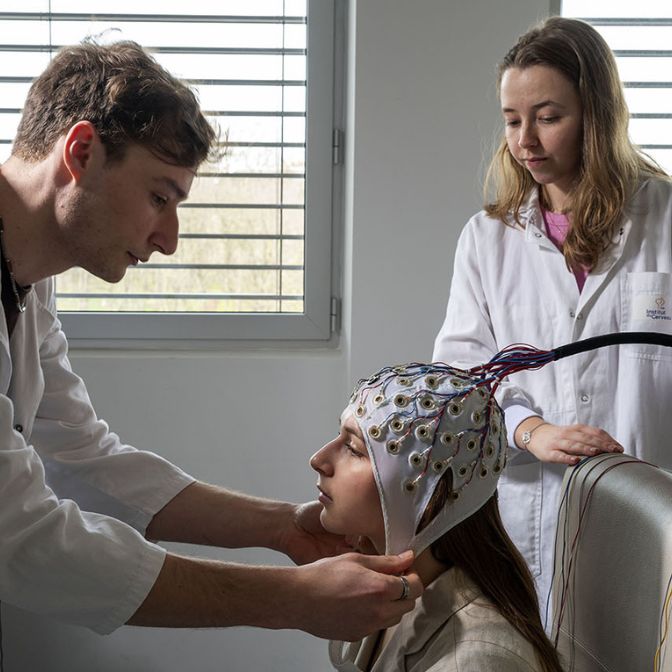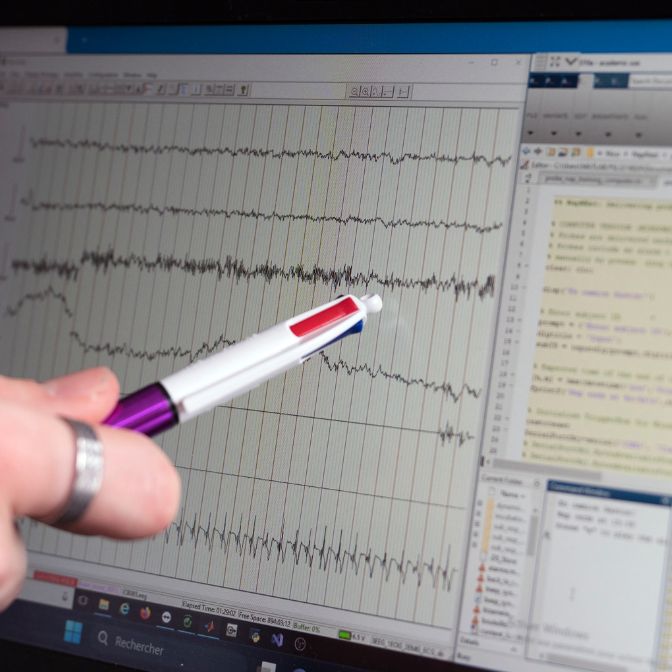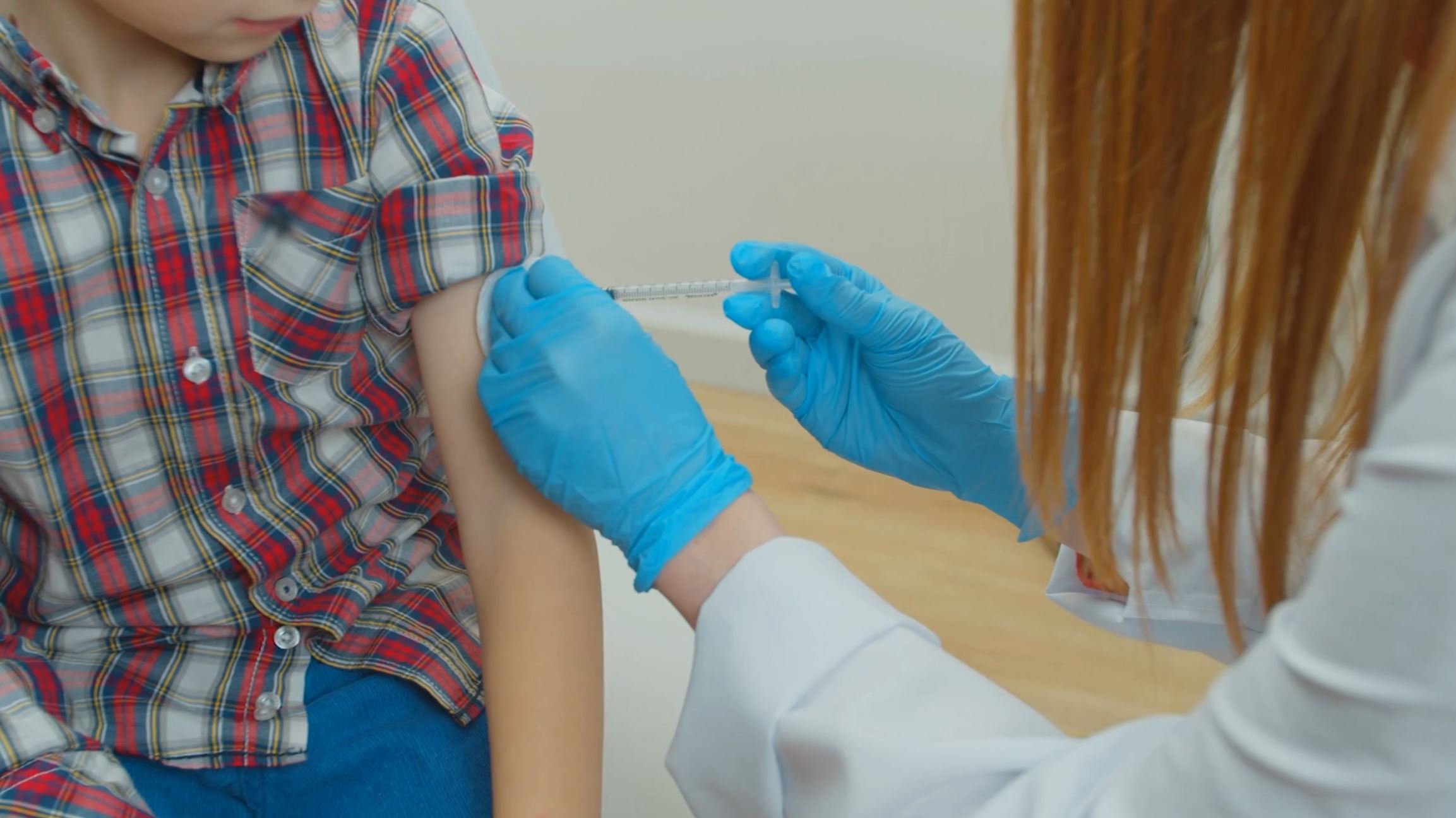
We often extol the virtues of an early afternoon nap. But do you know those from little naps? Just a few dozen seconds of wandering, halfway between wakefulness and sleep, will have the potential to boost creativity. This is what the team is trying to prove Insrm Written by Delphine Audit at the Brain Institute in Paris.
Does sleep help creativity? To check this out, Delphine Audet and her colleagues asked volunteers to play a rather unusual game: First, they tried to solve the puzzle. Then rest for about twenty minutes (sleep is allowed). Then try to solve the puzzle again. a result ? Participants who fell asleep were more likely to find the correct answer than those who stayed awake…suggesting that the transition to sleep would actually allow for a “eureka” moment! “. What happens in the brain during these crucial few seconds? Is memory reorganized during the sleep phase? Let us discreetly attend an experience that is, to say the least, hypnotic.”


Today's volunteer is Chloe, a 20-year-old student (center). The doctoral student responsible for the experiment, Nicholas Decat, and his fellow trainee, Luna Cellier-Deakins, fitted an EEG helmet containing 64 electrodes.
Electrodes measure the electrical activity of the brain and provide valuable information about active areas of the brain. A conductive gel is applied using a syringe to facilitate the passage of brain activity from the scalp to the electrodes that pick up these signals.

For Chloe, the first exercise consists of answering a puzzle on the computer. She can come up with as many answers as she wants.
The second part of the experience is amazing: all Chloe has to do is… relax! For about twenty minutes, she could close her eyes and even fall asleep if she wanted to. With a bottle held by your fingertips… This is a trick that researchers use: If Chloe starts to fall asleep, her muscles will relax, and the bottle will drop to the floor. The sound of the collision will wake the sleeping volunteer for a few seconds. The goal: to prevent her from entering a deep sleep, because the sleep stage is the one that is being studied.



Meanwhile, from the control room, Nicolas Decat monitors whether the volunteer is sleeping using brain signals from the right screen, and checks whether the bottle falls on the left screen.
The curve at the top of the pencil represents brain activity in the back of the volunteer's brain. We see that the oscillation frequency decreases, which means that the electrical activity in this area slows down: a typical curve for sleep.

The experiment is over. Chloe found the answer to the puzzle without falling asleep!
The researchers hope to include 100 volunteers in total, and understand how a few seconds of sleep can reorganize semantic memory (particularly language memory) and help find a solution to a problem.
The report was prepared in the laboratory of Delphine Audit, an INSERM researcher at the Brain Institute (Unit 1127 INSERM/CNRS/Sorbonne University) in Paris, and can be found in the journal INSERM No. 60.
Photos: Inserm/François Genet
Author: L.A
Read also

![[2015-09-18] INFRv4_reves,Proof_IAU.jpg](https://www.inserm.fr/wp-content/uploads/media/entity_images/2015-09-18-infrv4-reves-preuve-iau.jpg)







